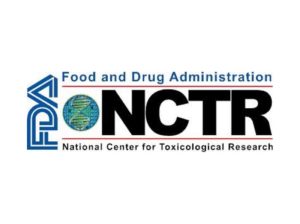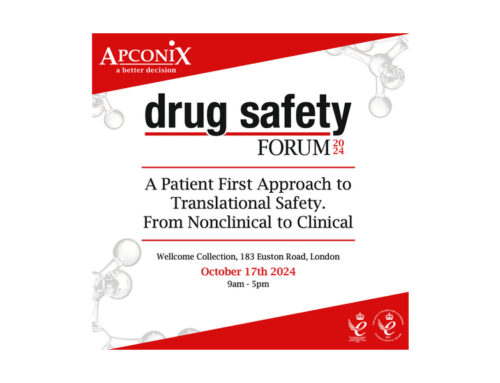SOT 58th Annual Meeting & ToxExpo – 1780 Poster Presentation by Dr Shraddha Thakker of the FDA NCTR

At the Society of Toxicology 58th Annual Meeting and ToxExpo from March 10th to 14th at the Baltimore Convention Center, poster presentation by Dr Shraddha Thakker of the FDA NCTR on Tuesday March 12th 10:45am – 12:15pm Poster Board P156 Convention Center Exhibition Hall.
Drug-Induced Liver Injury Severity and Toxicity (DILIst): Binary Classification of 1379 Drugs by Human Hepatotoxicity.
Authors: S. Thakkar1, T. Li1, L. Wu1, Z. Liu1, R. Roberts2, and W. Tong1.
1US FDA/NCTR, Jefferson, AR; and 2ApconiX Ltd, Alderley Park, Alderley Edge, United Kingdom.
Abstract:
Drug-induced liver injury (DILI) is one of the primary challenges for drug development in part as a consequence of the poor performance of existing preclinical models. This concern has led to significant efforts in evaluating alternative methods, particularly animal-free approaches, for predicting DILI in humans. Most of these methods are high throughput and capable of screening many chemicals in a relatively short period. A large drug list with known DILI severity facilitates identification of molecular features, cellular responses and risk factors that distinguish DILI positives from negatives. Previously, we reported DILIrank that consisted of 782 drugs and their DILI classifications that were assessed using the FDA approved drug labeling information (Chen et al, Drug Discovery Today, 21(4):648-53, 2016). In this study, we augmented DILIrank with four large literature datasets (N>350 drugs) using a statistical approach to generate DILIst (DILI severity and toxicity). The augmentation was carried out separately for each DILI class (i.e., positive or negative) from the selected dataset. DILI class that demonstrated at least >75% concordance with DILIrank, drugs from those DILI categories were augmented and resulted in a DILIst database of 1379 drugs of which 837 were DILI positives (increased 43% from DILIrank) and 542 were DILI negatives (increased by 44%). DILIst drugs covered 14 ATC anatomical categories; five anatomical categories had >100 drugs represented. DILIst drugs covered 40 therapeutic categories and 10 disease categories (including Cardiovascular, Anti-Infective, Central Nervous Systems, Anesthetic, Gastrointestinal, ACE Inhibitors, and Hypnotics and Sedatives); there were more than 20 new drugs in each in DILIst. DILIst contained 380 pharmacological subgroups of which 40 were newly added when compared with DILIrank. DILIst also provided the largest number of drugs classified by human hepatotoxicity and covered the broadest range of drug classes to date. It is a great resource for the community to improve DILI research in the areas of elucidation of mechanisms, predictive model development, biomarker identification, and provides additional opportunities to exploit the potential of emerging technologies.
Click here to find out more about collaborative talks and presentations with ApconiX at SOT.
Click here to see more details of the SOT programme.





